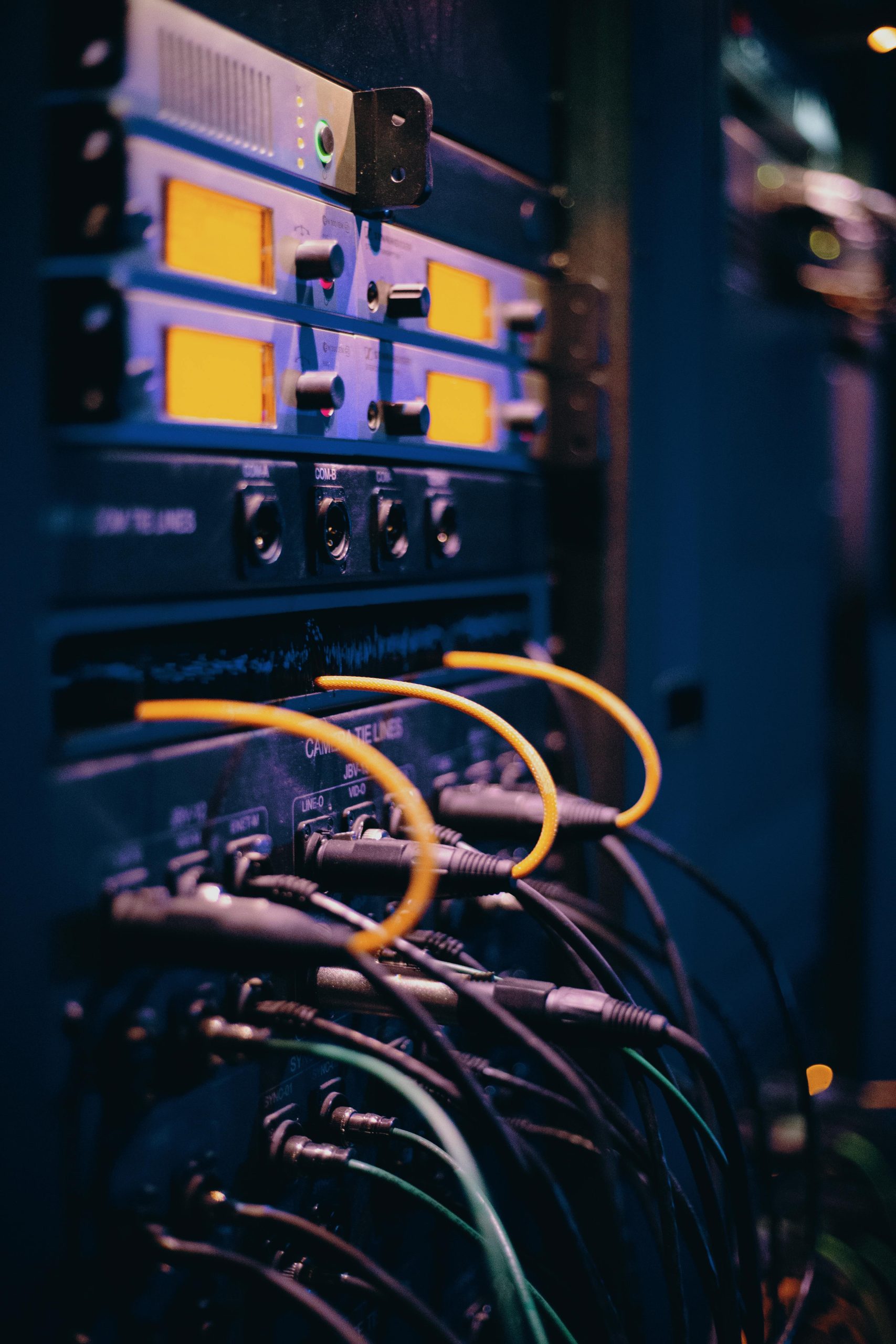Uncovering the Mystery: The Teras TI1000P Portable SAN
The world is filled with forgotten technology, remnants of innovation that once dazzled us and now lie dormant. Recent personal circumstances led me to dive deeper into one such mystery: the Teras TI1000P Portable SAN. A question posted on Reddit sparked the investigation, raising queries about its potential value, historical significance, and the need to handle such items with care. In this comprehensive blog post, we’ll explore the Teras TI1000P Portable SAN, its specifications, its relevance in today’s tech landscape, and how to evaluate whether to keep, sell, or discard such devices.
Understanding the Teras TI1000P Portable SAN
What Is a SAN?
To comprehend the significance of the Teras TI1000P, we first need to understand what SAN stands for. A Storage Area Network (SAN) is a specialized network designed to provide access to consolidated block-level storage. SANs are primarily utilized in enterprise environments where there’s a need for high-speed access to storage devices beyond the limitations of traditional networked storage.
The Teras TI1000P Portable SAN Overview
The Teras TI1000P, as indicated in its name, is a portable version of a SAN that was designed to offer flexibility for data access while being easily transportable. Its characteristics typically include:
- Data Storage Capacity: Depending on the specifications, these devices were often retrofitted with significant amounts of storage for their time, serving small to medium-sized businesses or sectors needing mobile data.
- Portability: Unlike traditional SAN setups, which often involved complex installations with numerous cabling and infrastructure, the TI1000P was designed to be handled like a piece of luggage, making it easier to transport data securely during transfers.
- Connectivity Options: Established SAN devices often connect via Fiber Channel, iSCSI, or other networking standards, and the TI1000P would likely support these interfaces for flexible connectivity options.
- Usage Scenarios: Designed for remote backups, disaster recovery solutions, or even as an additional layer of data security in organizations.
The Historical Context: When Was It Released?
The Teras TI1000P likely traces its roots back to two significant trends in technology during the late 1990s and early 2000s:
-
The Explosion of Data: As businesses relied more on digital information, the need for effective storage solutions surged.
-
The Rise of Mobile Technology: The increased mobility of the workforce made portable solutions critical, laying the groundwork for devices like the TI1000P.
During its prime, the TI1000P catered to an emerging market that required more advanced yet manageable storage solutions, well before cloud services became a dominant choice.
Evaluating the Value of Legacy Technology
Assessing Tech Value: Historical vs. Functional
When considering whether the TI1000P is merely an old piece of junk or a valuable relic, you need to evaluate two distinct aspects: historical merit and functional capability.
Historical Value
For technology enthusiasts and collectors, devices like the TI1000P can serve as fascinating historical artifacts. Items with historical significance often become valuable as pieces of tech history. However, this largely depends on:
- Rarity: If the TI1000P was produced in low quantities, it may be considered more valuable to collectors.
- Condition: The physical state of the device, as well as its functionality, will also impact its collectibility. Even if it doesn’t work, the simple fact that it exists may contribute to its value.
- Cultural Impact: If the device played a significant role in shaping technology or a specific industry, its value could be higher among collectors.
Functional Capability
In the context of today’s technology, if you manage to power the device on and use it, it may still have functional value attached:
- Data Retrieval: It may be possible to extract old data from the TI1000P if it still operates and has archived information that might be valuable for personal or research purposes.
- Niche Uses: If it can store or transfer data successfully, it may fulfill niche requirements for specific users or sectors that require legacy compatibility.
Researching Market Value and Trends
To understand the financial aspect, consider performing the following:
-
Online Sales Platforms: Websites like eBay, Craigslist, and specialist technology forums can offer insight into what people are paying for similar devices.
-
Tech Collectors’ Communities: Joining forums or groups centered around tech collecting can provide you with leads on reaching potential buyers or insights into valuation.
-
Auction Sites or Specialty Collectors: Sometimes auction houses or specialty tech collectors might express interest in taking the device off your hands, particularly if it adds value to their collections.
What Should You Do With It?
After assessing the TI1000P for historical and functional value, what are the options available for disposal or further servicing of this legacy device?
Keeping the Device
If you decide to keep the Teras TI1000P, it could serve as a conversation starter or a point of interest within your technology display. Furthermore, retaining unique items like this can sometimes become a cherished family heirloom, creating a link to the past.
Selling or Donating It
If you don’t see personal value in it, consider other options:
-
Sell: Selling on platforms like eBay could yield some financial return. If you take outstanding photographs and write a detailed description, you might reach a dedicated audience interested in vintage tech.
-
Donate: Consider local schools, tech museums, or nonprofit organizations interested in vintage technologies for educational purposes. Many institutions appreciate such contributions and can utilize old technologies to foster learning.
-
Environmentally Responsible Disposal: If there is no option to keep, sell, or donate, always ensure to dispose of electronics in an environmentally friendly manner. Look for local e-waste recycling programs to prevent harmful pollutants from entering landfills.
Conducting a Tech Inventory
As you navigate this scenario, it’s essential to consider all tech items, particularly in the wake of a loved one passing. Here are some tips for conducting a tech inventory:
-
Document Everything: Take detailed notes on all tech equipment located, including their condition, functionality, and any unique features.
-
Seek Expert Opinions: Don’t hesitate to consult tech experts or local electronic repair shops if you find items you’re uncertain about; they can provide insights regarding repair potential, historical significance, or ways to repurpose technology.
-
Family Engagement: Discuss these findings with family members. Sometimes, others in the family might have emotional attachments or additional insights into the equipment’s past.
The Future of Legacy Technology
How Technology Is Evolving
As we advance into an increasingly digital world, legacy equipment like the Teras TI1000P becomes rarer. The ongoing trend towards cloud computing, solid-state drives, and faster processing units have fundamentally changed how we store, access, and manage data. However, the fascination with retro technology is growing, and collectors often seek out pieces that tell a story about the evolution of tech.
Conclusion: Navigating Tech Ancestry
Navigating through a loved one’s tech devices opens a window into our past, where we can appreciate the scope of technological evolution. While the Teras TI1000P Portable SAN might appear as an obsolete piece of machinery, it carries with it a narrative about an era that shaped how data was stored and accessed.
As our world continues to evolve with technology, let us cherish these relics, respect the memories they hold, and responsibly consider their future. Whether you choose to keep, sell, or donate the TI1000P, you are now equipped with the knowledge to make an informed decision that respects both the past and future.
Share this content:




Response to ‘Does anyone know what this is?’ – Insights on the Teras TI1000P Portable SAN
As a tech enthusiast with a background in storage solutions, I found your exploration of the Teras TI1000P Portable SAN incredibly insightful. This device indeed holds a unique spot in the evolution of data storage technology. To provide further clarity and engagement on your post, here are some key points that could further illustrate its significance:
Technical Specifications & Compatibility
While you’ve highlighted its historical context, delving into detailed specifications could provide added value. For instance, the TI1000P typically interfaces via iSCSI or Fibre Channel, which are crucial for understanding its connectivity in modern settings. Additionally, researching the original models and configurations could unveil more about its data throughput rates, supported drive types (HDD vs. SSD), and any proprietary technology it might have utilized.
Potential Uses in Today’s Environment
Considering today’s tech landscape, even legacy equipment like the TI1000P might serve niche applications. For example, data recovery specialists might employ it to extract historical data for specific projects. Additionally, there’s an increased interest in vintage tech repair and repurposing, where enthusiasts transform these devices into functional art or educational tools.
Resource for Collectors